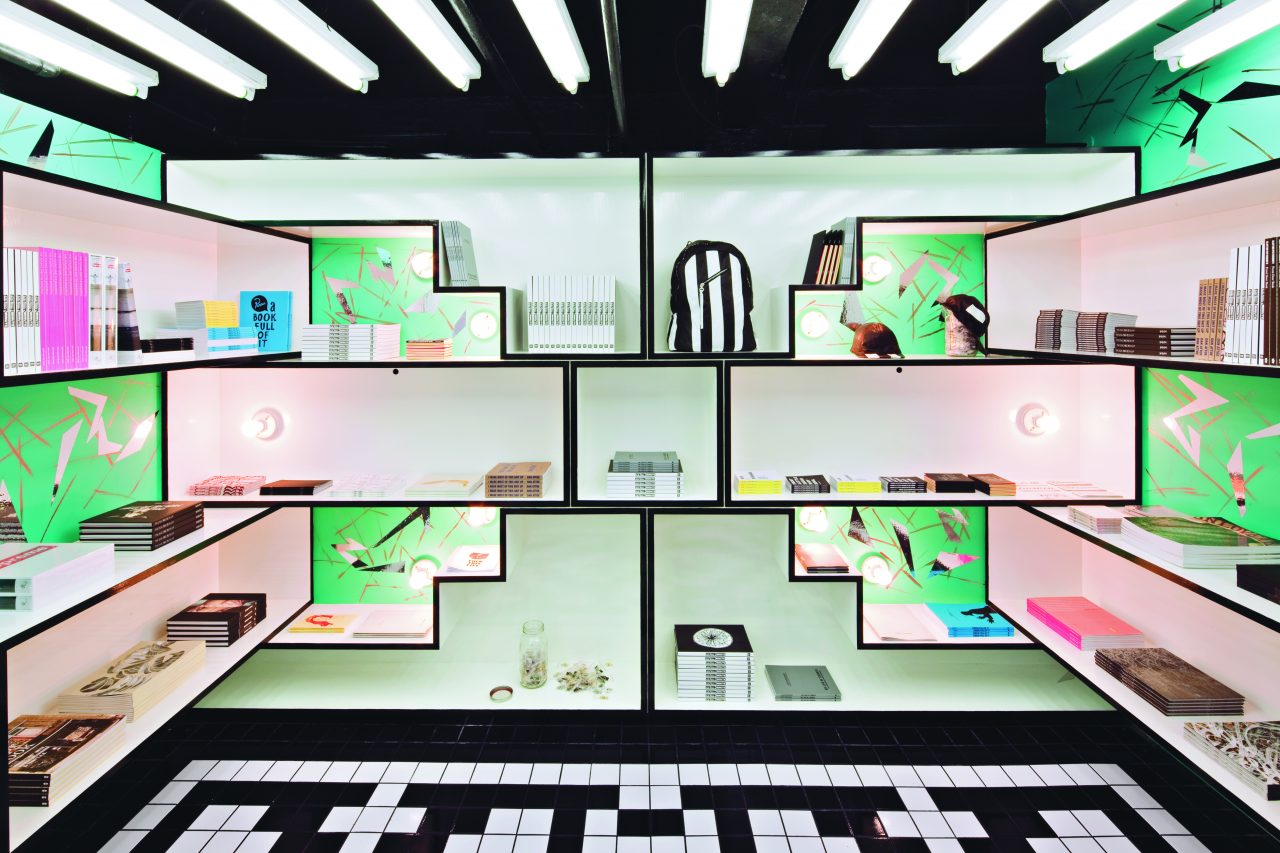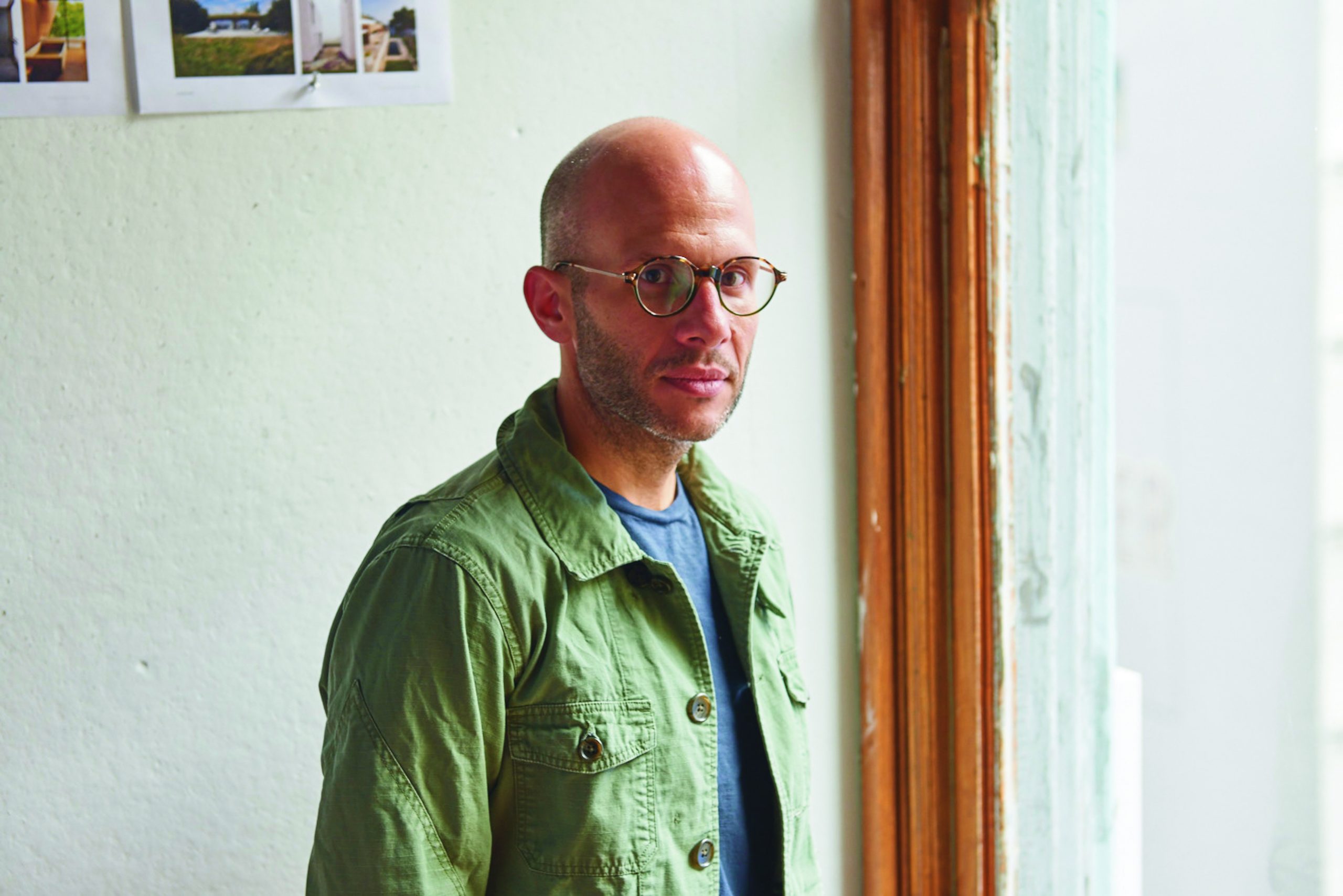Rafael de Cárdenas founded Architecture at Large in 2006, and he has steadily taken the world of interiors by storm ever since. With his studio’s residential and commercial projects, he has built a body of work that deftly injects a jolt of born-and-bred New Yorker pop-culture sensibility into a market that is so often more workaday. He was recognized by MAISON&OBJET as Designer of the Year in January 2016. AN Interior sat down with him to discuss the world of interiors past and present.


AN Interior: Moving in scale from your furniture to art galleries, interiors, and even ground-up buildings, do you feel like your work is all one continuous project? Or are there certain aspects in which you take pleasure in each that don’t exist in the other scales of projects?
Rafael de Cárdenas: I always move from small to big; I always think that way. Even in terms of doing ground-up work, I think of how the space feels and what space does to people. It happens to a lesser degree at the scale of doing a building, but I suppose that does other things.
AN: You have a diverse client list, ranging from Nike to Baccarat to Delfina Delettrez. Do those projects bring the same kind of pleasure, or is it more like flexing different muscles?
I don’t know how this happened; it’s not like I have some desire to be.… Well, I like architecture a lot, but I’m not interested in the discourse of academic architecture.
I vividly remember a well-known architect, who shall not be named, say that “architecture is the history of ideas.” I remember being like, “You’re just saying that because you haven’t convinced anyone to build anything, and the few things you have built suck, and it’s not emblematic of what you say.” I have a problem with heroism—the heroic architect—because I’m not a genius, and I’m not trying to save the world, but I build almost every single project that I design. It’s important that even things that are not built, we’ve been paid for!
It’s the culture of production—you have to make things. What if an artist only had the history of ideas? If you make only one thing, it better be amazing. Like Kafka. You know, Kafka didn’t publish a lot.
AN: So if architecture puts relatively few physical things out there in the world, and those few things need to be prodigious, what would an analogous format be for smaller-scale projects? As in shorter, more self-contained works that are more frequent but still convey a definite atmosphere? Would it be more like poetry?
Kafka was a ghost, and ghosted things are very romantic and beautiful. James Dean is so romantic and beautiful because we didn’t have him for very long. I would say that my approach, because I’m so obsessed with music, is in many respects like making songs—and some of them are not great! Some of them are B-sides. But sometimes I’ll look back at the B-sides five years later, and I’ll think, “That was really cool; let’s revisit that.”
So I wouldn’t say poems, because I don’t necessarily look to poetry for inspiration, but I look at music. I look at things that work really fast. Poetry is quiet and works slowly. Music and fashion by nature work on a more compact schedule: They’re fingerprinting the moment right now. When you hear music from a time, it signifies that moment. I think poetry and literature fingerprint a moment less effectively, or at least it’s less specific. It’s more an era than a moment. You can look at a skirt and you can tell almost to the year [when it was made], and music works similarly. I love that; I think that’s cool.
AN: Do you collect any design pieces?
I do. I just sold a ton of stuff recently. I started buying a lot of Memphis stuff, a few things were my family’s from when I grew up, but I sold a lot of the Memphis stuff. I hate the constant thing where people say, “Oh, so you love Memphis.” That’s such a basic thing to say, in the K-Hole [the trend forecasting group] sense.
AN: Because it’s too self-evident?
It’s just a dumb thing to say. For example, Frame did a story a few years ago. It was the color issue, and some publication had called me the King of Color. But everything has a color! Beige is a color! I have a few projects that are multicolored.
AN: But in general your projects are pretty restrained in terms of color palette.
Even black and white, almost everything is black and white. It’s just such a funny thing.
AN: Where would you go out in New York in the 1980s and ’90s?
The first time I went out, I was 13, and I went to the Saint with a friend’s older brother, and it was just like, “Wow.” Then the next time I went out, I was around 15, and I went to this bar in the chapel of Limelight called Shampoo, around 1989 or ’90. That was club-kid at its peak, house music. NASA [Nocturnal Audio Sensory Awakening] opened around ’92, but it was pretty classic house. I remember being like “Wow, I’ve never seen anything like this.”
AN: Have those experiences and those interiors influenced your work today?
Yeah, totally. I want to do that. I want to be that.
AN: What about those environments do you try to integrate into your projects, or the way you work? Is there anything specific?
There are interesting things with form that equate human emotion, and that is a sort of confusion. Confusion can be a very evocative thing: It can be titillating, and form and pattern can do that. That sort of envelopment and immersion is important.
portrait above (Tim Barber)
